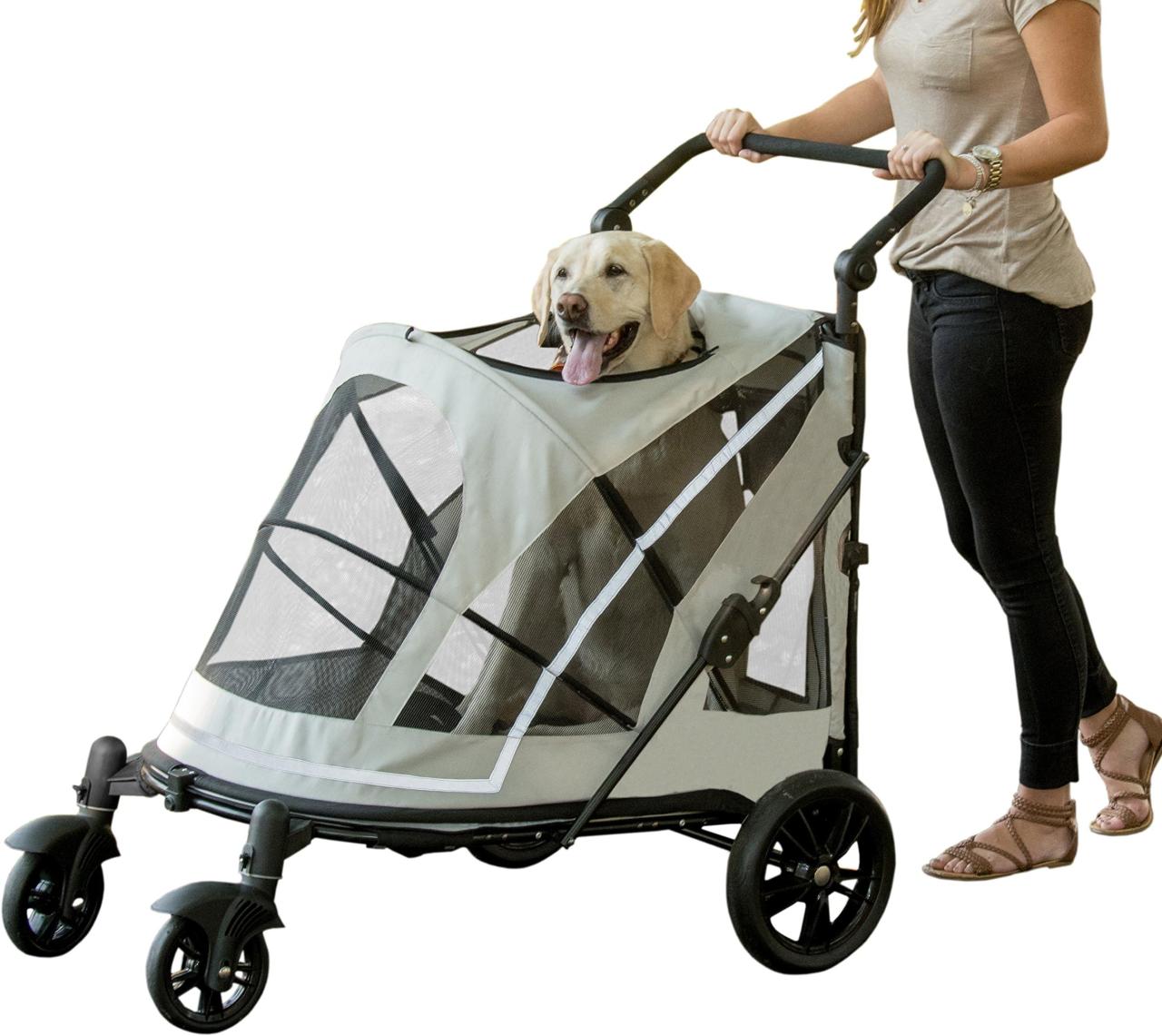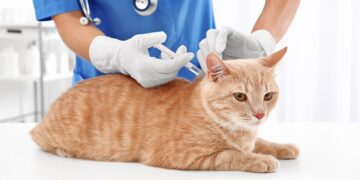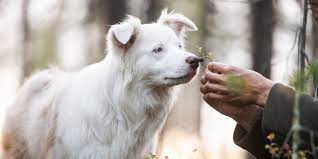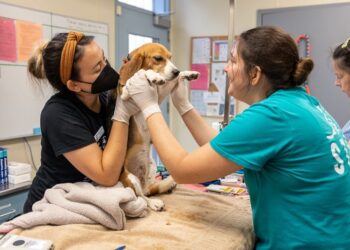Welcoming a new pet into your home marks the start of a joyous, rewarding chapter, but it also means taking on the serious responsibility of curating their entire environment to ensure safety, comfort, and behavioral fulfillment.
The sheer volume of pet products available today—from high-tech automatic feeders to specialized anti-anxiety bedding and complex puzzle toys—can feel overwhelming to any new or even experienced owner trying to make the best choices for their companion.
Understanding that a pet’s surroundings profoundly influence their physical health, emotional stability, and successful integration into the family is key to smart purchasing.
This guide cuts through the clutter, offering a definitive, science-backed checklist of essential gear for both dogs and cats, categorized by function, to help you invest wisely in the items that genuinely support your pet’s lifelong well-being and simplify your life as a devoted caregiver.
Feeding and Hydration Systems
:max_bytes(150000):strip_icc()/pet-gear-kennel-storage-5e2d08b978224399ad669a1e95fa5b6a.jpg)
The right food and water delivery systems are crucial for managing portions, promoting slow eating, and encouraging essential hydration.
A. Bowls and Dispensers
- A. Material Matters: Always choose durable, non-porous bowls made of stainless steel or ceramic, as plastic can harbor bacteria and cause skin irritation (like feline acne).
- B. Slow Feeders: For dogs that gulp their meals too quickly, slow feeder bowls or puzzle bowls have internal mazes that force them to eat at a safer, slower pace, preventing dangerous issues like bloat.
- C. Automatic Feeders: These provide scheduled, portion-controlled meals, which are ideal for managing weight or administering timed medication, especially when you are away from home.
- D. Microchip Feeders: Specialized feeders that only open for the pet wearing the correct microchip or RFID tagare essential for multi-pet households to manage special diets or prevent food theft.
B. Water Fountains and Hydration
- A. Water Fountains are particularly recommended for cats, who often prefer drinking from a source of running water over a stagnant bowl.
- B. Providing clean, moving water can significantly increase a cat’s daily water intake, which is critical for supporting long-term kidney and urinary tract health.
- C. Look for fountains that feature multiple filtration stages and are easy to disassemble and clean, ideally with stainless steel components to maintain hygiene.
- D. For traveling or remote walks, portable water bottles with integrated fold-out troughs ensure clean water is always available, reducing the risk of dehydration.
Rest, Retreat, and Confinement
Every pet needs a dedicated, secure space—a den—that they associate with comfort, rest, and safety.
A. Beds and Resting Spots
- A. A quality pet bed must be appropriately sized, easily washable, and designed to support the pet’s body and joints.
- B. Orthopedic Beds made with dense memory foam are highly recommended for senior pets or large breeds, providing crucial cushioning to relieve pressure on aging joints.
- C. Calming Beds often feature high, bolstered rims and soft, donut-like shapes that allow the pet to curl up and burrow, simulating the feeling of being embraced and helping to soothe anxiety.
- D. Washability is paramount, so choose beds with durable, machine-washable covers to maintain a hygienic sleeping area.
B. Crates and Carriers
- A. A crate should be introduced as a safe, comfortable den, never used for punishment, providing the dog with a secure retreat from household chaos.
- B. High-anxiety crates, often constructed from reinforced aluminum with small, restricted view panels, are available for pets with severe separation anxiety or high escape risk during travel.
- C. Carriers are essential for safe travel and vet visits; they should be sturdy, well-ventilated, and large enough for the pet to stand up and turn around comfortably.
- D. Carrier Acclimation (making the pet comfortable with the carrier outside of travel) should be practiced regularly by leaving the carrier out with a comfortable blanket inside.
Mental and Physical Enrichment

Mental stimulation is just as vital as physical exercise, preventing boredom, reducing destructive behavior, and supporting cognitive health.
A. Interactive and Puzzle Toys
- A. Puzzle Feeders and food-dispensing toys are the gold standard for mental enrichment, forcing dogs and cats to “work” to solve a problem to access their food reward.
- B. These toys satisfy the pet’s natural foraging and hunting instincts, providing a productive mental outlet that reduces anxiety and frustration.
- C. Stuffable Chew Toys (like the Kong Classic) can be filled with wet food, yogurt, or peanut butter and frozen, providing a long-lasting, low-calorie enrichment activity.
- D. Lick Mats spread with soft, lickable treats are excellent low-arousal tools for keeping a pet busy and calm during stressful events like grooming or crate time.
B. Chewing and Play
- A. Chew Toys are essential for dogs, providing an appropriate outlet for their natural chewing instinct, especially during puppy teething or adult boredom.
- B. Always select species-appropriate, durable chew items (e.g., tough rubber or nylon) and strictly avoid hard items like antlers or real bones that can fracture teeth.
- C. Wand Toys for cats are crucial for satisfying their prey drive, simulating hunting behavior through interactive play that keeps the owner’s hands safely distanced.
- D. Fetch Toys and durable balls encourage physical exercise and reinforce the bond through cooperative play.
C. Feline Environment Specifics
- A. Scratching Posts are essential furniture for cats, fulfilling their innate need to scratch to condition their claws, stretch their bodies, and mark territory.
- B. Provide multiple scratching options in various materials (sisal rope, corrugated cardboard) and orientations (vertical posts, horizontal mats) near their sleeping areas and furniture.
- C. Cat Trees, Condos, and Wall Perches satisfy the feline need for vertical territory, allowing them to climb, observe their environment from a safe height, and feel secure.
- D. Ensure climbing structures are tall and sturdy, allowing the cat to fully stretch and feel stable while observing their “kingdom.”
Safety, Grooming, and Advanced Technology
Beyond the basics, certain safety and hygiene tools are necessary to protect your pet and manage your home.
A. Identification and Safety
- A. A Collar or Harness is necessary for walks, and the collar should always carry an ID tag with the owner’s current phone number.
- B. Breakaway Collars are highly recommended for cats, designed to snap open if caught on a branch or fence, preventing strangulation.
- C. Leashes should be sturdy, non-retractable, and appropriate for the pet’s size and walking style, often paired with a comfortable, secure harness.
- D. Pet Gates are invaluable management tools for puppies and dogs, restricting access to unsafe areas or aiding in structured integration with resident pets.
B. Grooming and Hygiene Supplies
- A. Brushing Tools must be selected based on the coat type (e.g., slicker brush for long coats, undercoat rake for double coats) to prevent matting and distribute oils.
- B. Pet-Specific Shampoo and Conditioner are needed to maintain the skin’s proper pH balance.
- C. Nail Trimmers (clippers or grinders) and Styptic Powder are essential for routine paw maintenance.
- D. Enzymatic Cleaners are critical for cleaning up accidents, as they neutralize odors that would otherwise attract the pet to soil the same spot again.
C. Smart Home Integration
- A. Pet Cameras with two-way audio allow owners to monitor, talk to, and reassure anxious pets while they are away from home, aiding in separation anxiety training.
- B. Advanced GPS Trackers worn on the collar provide real-time location monitoring, offering peace of mind and aiding in the swift recovery of lost pets.
- C. Some Smart Feeders integrate cameras and provide behavioral data, giving owners insights into their pet’s eating habits and patterns.
Conclusion
Curating the right collection of pet products is not simply about shopping; it is a fundamental act of investment in your companion’s health, safety, and emotional stability.
Choosing durable, hygienic food and water systems, like stainless steel bowls and moving water fountains, directly supports the pet’s digestive and urinary tract health, preventing common medical issues.
Providing a designated, comfortable safe space through orthopedic or calming beds and a structured crate environment significantly mitigates anxiety and promotes successful rest and recovery.
The strategic utilization of enrichment tools, such as puzzle feeders and interactive chew toys, is essential for satisfying innate hunting and foraging instincts, thereby preventing destructive behaviors rooted in boredom.
For cat owners, the provision of essential vertical territory via cat trees and appropriate scratching posts is key to fulfilling their territorial needs and protecting household furniture.
By integrating smart technology, like monitored feeders and GPS trackers, owners gain vital insights and management capabilities that enhance both safety and medical oversight.
Ultimately, a pet owner’s thoughtful selection of high-quality, species-appropriate gear is the most tangible way to demonstrate devotion, leading to a much happier, healthier, and more secure life for the beloved animal.







